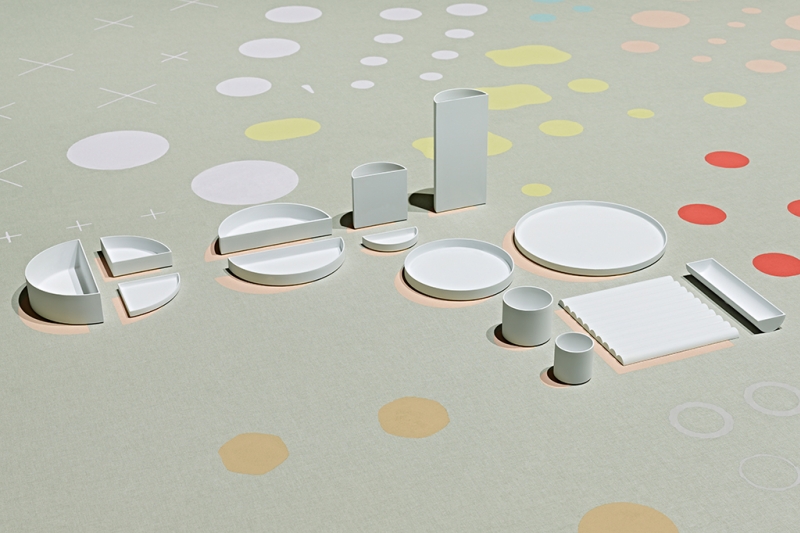About Arita
A HISTORY OF PORCELAIN PRODUCTION
The small town of Arita can be found in Saga prefecture on Kyushu Island in southern Japan. It was here, in the early 17th century, that the art of porcelain making was introduced to Japan for the very first time by a Korean craftsman; Yi Sam-pyeong. The special stone required to make porcelain was found, a quarry was built and Arita quickly became the epicentre for porcelain production and knowledge in Japan. The year of this remarkable beginning was 1616. Aritaware (or Aritayaki or Imariware; the pottery from this region is known by many names) flourished over several centuries and the town of Arita became synonymous with the industry of porcelain making. In most recent times however that industry has suffered substantially.
Today, almost exactly four hundred years on, Arita remains an important center for Japanese porcelain production. Despite severe problems, a small community of local craftsmen and manufacturing companies continue to make exceptionally high quality products using materials and processes that are unique to Aritaware. Currently there are 150 potteries of various size in a small mountainous area of Arita.
TODAY'S TROUBLES
The pottery made in Arita earnt a prestigious reputation both at home and abroad because of its fine quality and the exceptional skills of the Arita craftsmen. Throughout the 17th and 18th centuries the porcelain producing workshops and factories of Arita continued to grow and innovate and Aritaware was successfully exported throughout the world. The Dutch East India Company (VOC) was the main exporter of Aritaware to the west during this period. As they brought business to Arita they also dictated the style of porcelain that was made, meaning Aritaware successfully adapted and developed in style and form to meet the tastes of its western clients. Trouble struck in the late 20th century with a perfect storm of problems: Recession affected the Japanese economy and a previously buoyant domestic market for porcelain faltered; Low price ceramic products from abroad became more widely available and increasingly popular to the domestic (and global) buyer; The traditional Aritaware products no longer appealed to the modern consumer and demand suffered as a consequence.
Factories and workshops closed, the city’s population shrunk and production of Aritaware is currently a fifth of what it was in the early 1990s. Not only is a community in jeopardy but centuries-old craft skills and traditions are threatened with extinction.
AN AMBITION FOR THE FUTURE
The 2016/ project is an exciting new initiative intent on reviving the production of Aritaware and preserving the profound skills of the Arita craftsmen and women. By combining four centuries of exceptional craft knowledge and ability with contemporary design, 2016/ will inject new vitality into the industry. 2016/ intends to demonstrate the artistry of this special craft to a new audience and to make Aritaware relevant and desirable once again.
International designers will collaborate with local companies to produce a collection of extraordinary objects for everyday use. The porcelain will make use of the qualities of traditional Aritaware whilst appealing to a new global market of design savvy consumers. The influence of this group of foreign talents will provide Arita, once again, with a valuable outside perspective just as it had during the important years of collaboration with the Dutch East India Company.
The birth of 2016/ marks the beginning of a new generation of Aritaware porcelain.












